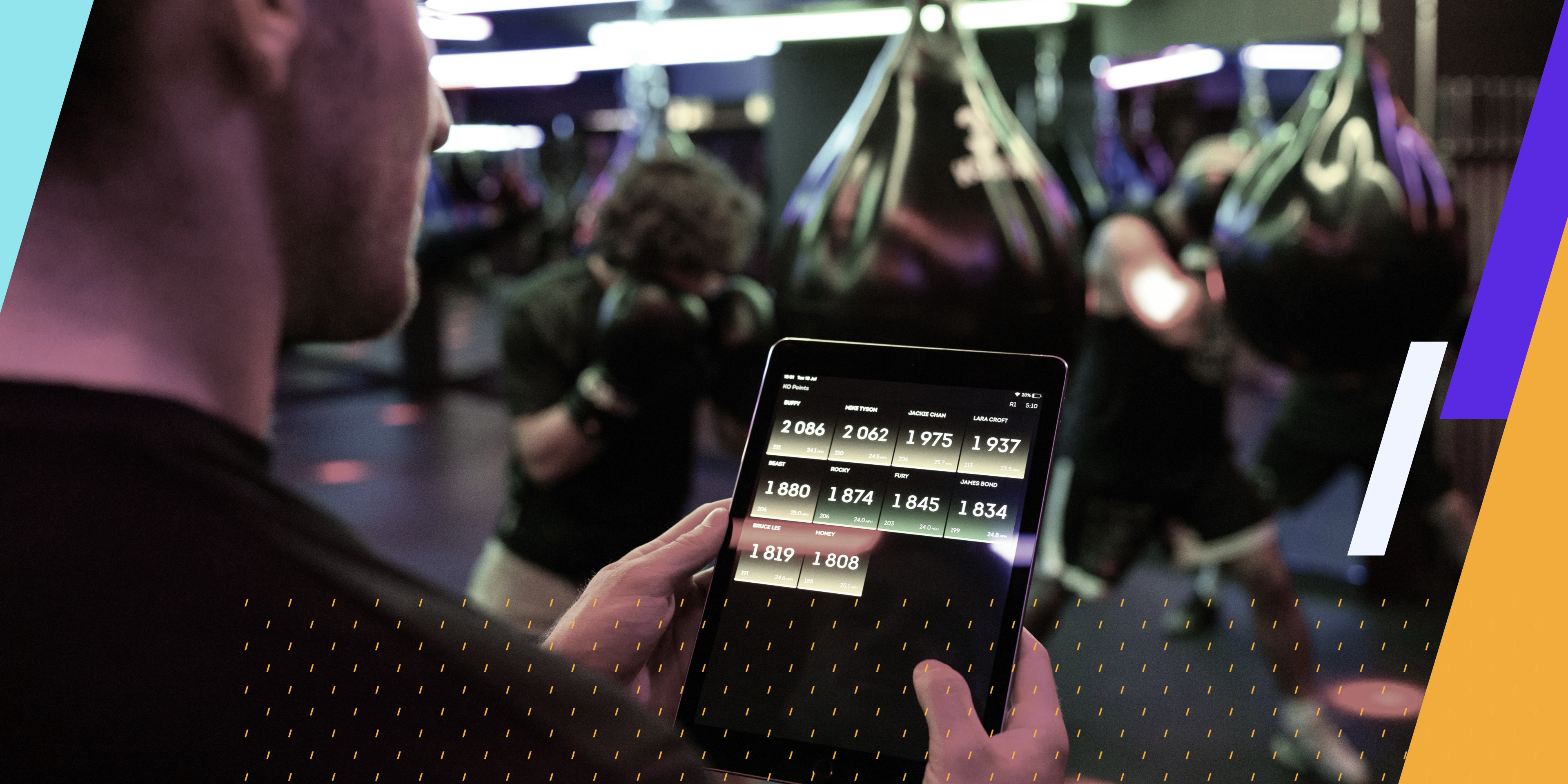Maintaining proper physical fitness is crucial for everyone’s well-being. For individuals with visual impairments, achieving fitness can be a daunting task, especially if technology is involved.
This article discusses the accessibility (or lack of it) of four popular fitness choices.
Apple Watch
The Apple Watch is the most accessible fitness-tracking device for people with visual impairments. The primary reason is that VoiceOver, Apple’s built-in screen reader, works just as well with the Apple Watch as with the iPhone. This makes it simple for people with vision impairments to track their fitness progress.
The Apple Watch has several other accessibility features for the visually impaired. For example, it allows users to customize on-screen text. Zoom is the Apple Watch’s screen magnifier, allowing for magnification of up to 15 times the default screen size. This makes Zoom accessible for people with a wide range of vision impairments. The Apple Watch also has visual enhancement features.
Although the Apple Watch accessibility features aren’t explicitly designed for fitness use, they can be used throughout the Apple Watch, including its fitness tracking features.
Ring Fit Adventure
Ring Fit Adventure is an interactive Nintendo Switch video game that incorporates exercise. Although the game is not specifically designed to be accessible to people with visual impairments, it mainly involves listening and, therefore, does not require much vision to play. This means that those with visual impairments can use it relatively easily.
Since the game can be played from home, it serves as a good exercise alternative for those with vision impairments who may have difficulty going to gyms. Who wouldn’t love to have fun during a workout?!
Planet Fitness
Planet Fitness is an example of a “big box gym” with accessible machines for the visually impaired. While the Planet Fitness app is fairly accessible, it may be easier for people with visual impairments to ask gym employees for help than having to use the app.
Also, Planet Fitness’s self-care machines use touchscreens and have no screen reader or narration enabled, making them inaccessible.
Gym accessibility challenges
Although the examples above are at least somewhat accessible to the visually impaired, going to gyms can often be challenging for them. Inaccessible machines and poorly planned gym layouts often prevent people with disabilities from working out at gyms. Gyms have started using apps to allow people to check in to gyms with their phones. If these apps are inaccessible, people with visual impairments must check in with gym attendants.
These are NOT equitable experiences, as attendants may be busy and need help to check people in. People with visual impairments and other disabilities sometimes have trouble finding transportation, which can further discourage them from going to gyms and fitness clubs.
Gym inaccessibility and transportation issues are why people with vision impairments often prefer exercising at home. As previously mentioned, interactive games incorporating exercise, like Ring Fit Adventure, can be used as fitness alternatives for those unable to go to gyms and fitness clubs. Walking around one’s neighborhood, for example, is another way for these people to get exercise.
Since exercise is essential for everyone, gym accessibility is vital to the health and well-being of people with disabilities. In addition to losing customers and potential sales by excluding people with disabilities, gym inaccessibility can negatively impact the lives of people with disabilities, sometimes in significant ways.

